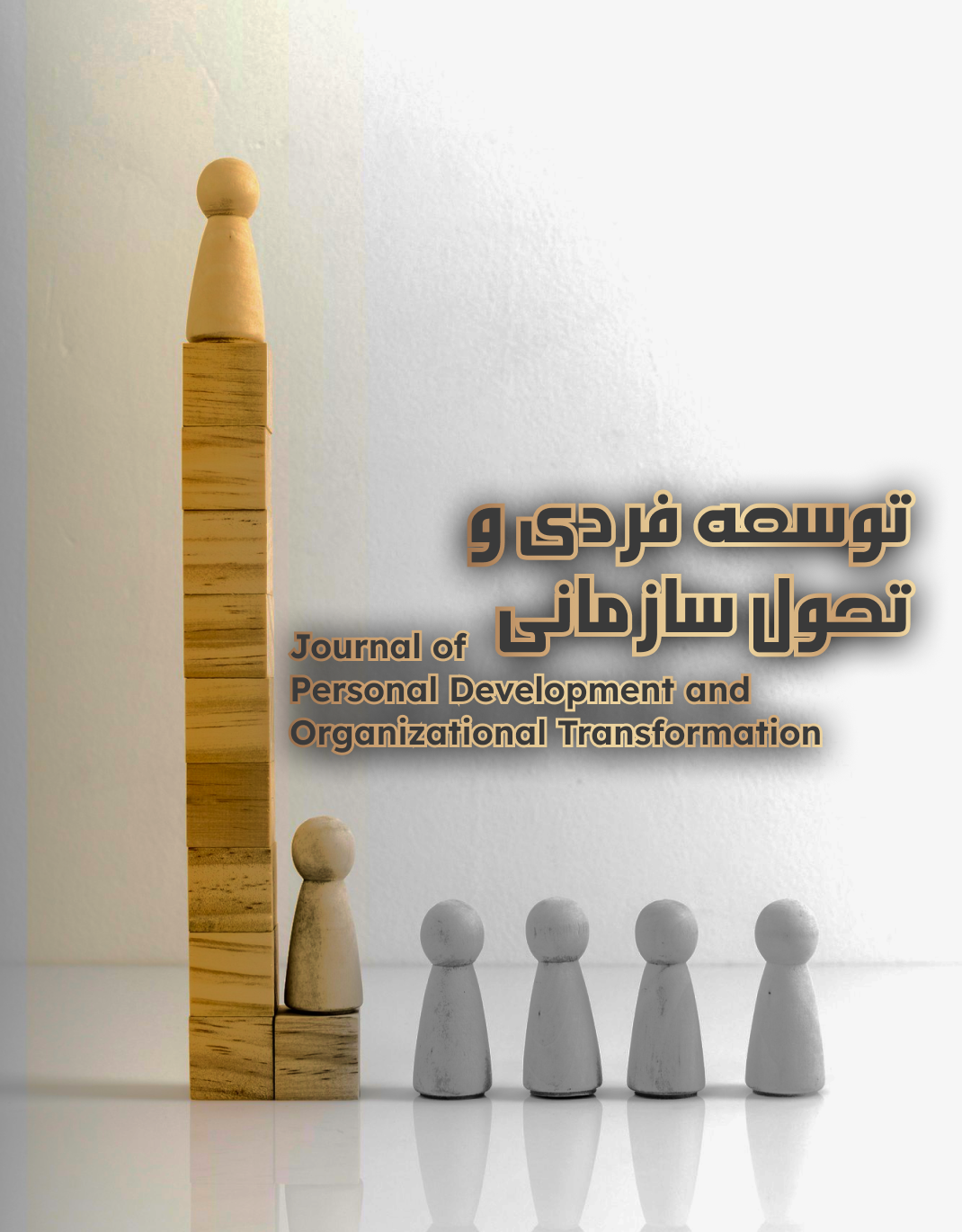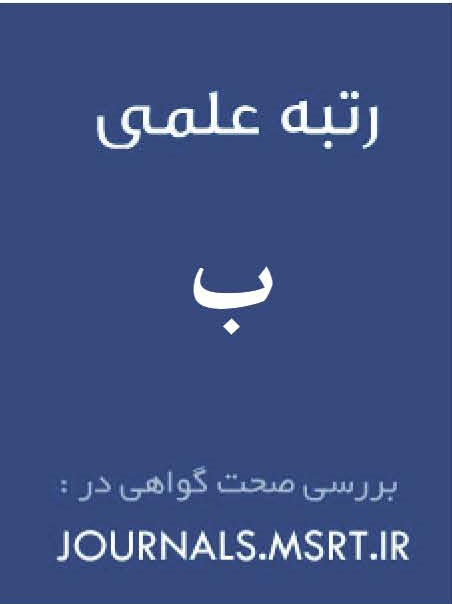تأثیر مشارکت ورزشی در سلامت اجتماعی کارکنان وزارت ورزش و جوانان عراق
کلمات کلیدی:
مشارکت ورزشی, سلامت اجتماعی, کارکنان, کشور عراقچکیده
با توجه به اهداف شکل گیری وزارت ورزش و جوانان عراق توجه به تعیین کنندهها و پیش بینی کنندههای بهزیستی جسمی و سلامت اجتماعی اهمیت فزایندهای پیدا میکند. این پژوهش که بر خواسته از اهمیت این مسئله بود به ارائه راهکارهایی برای افزایش بهزیستی جسمی و سلامت اجتماعی در کارکنان وزارت ورزش و جوانان که متولیان ورزش کشور میباشند، بپردازد. این مطالعه، یک مطالعه میدانی از نوع توصیفی و کاربردی میباشد و بر آن است تا تاثیر مشارکت ورزشی در سلامت اجتماعی کارکنان وزارت ورزش و جوانان عراق را بررسی کند. جامعه آماری همه کارکنان وزارت ورزش و جوانان عراق میباشد و تعداد نمونههای آماری بر اساس جدول گرجسی مورگان برآورد شده و از روش نمونه گیری در دسترس استفاده شد. برای جمع آوری اطلاعات از پرسشنامه استاندارد سلامت اجتماعی كییز که در بنیاد علمی مك آرتور آمریكا در سال 2004 ساخته شده است که برای تعیین پایایی این آزمون آرجیل و لو(2006) ضریب آلفایی 90/0 را با 347 آزمودنی فارنهام و برونیک ضریب آلفای 87/0 را با 101 آزمودنی بدست آوردهاند، استفاده شد. برای تجزیه و تحلیل دادهها در سطح آمار توصیفی، از میانگین و انحراف معیار و جدول توزیع فراوانی از آمار استنباطی و برای بررسی آزمون فرضیات از روش معادلات ساختاری استفاده شد. مشارکت ورزشی در سلامت اجتماعی کارکنان وزارت ورزش و جوانان عراق تاثیر معنی داری دارد. شیوه زندگی فعال و داشتن برنامه ورزشی و مشارکت ورزشی با افزایش سلامت اجتماعی و ابعاد آن میتواند موجب ارتقای بهزیستی اجتماعی شود. بدین صورت که شیوه زندگی فعال، مشارکت ورزشی و انجام فعالیتهای بدنی موجب فعالیت بیشتر و مفیدتر در کارکنان وزارت ورزش و جوانان میگردد. این مطالعه در ارائه راهکارهای تامین سلامت اجتماعی از طریق مشارکت ورزشی در کارکنان وزارت ورزش و جوانان عراق کمک میکند. پیشنهادات پژوهش حاضر میتواند راهنمایی برای دست اندرکاران و مدیران ورزشی باشد.
دانلودها
مراجع
Abbas, A., Naskar, S., Raza, M. R., & Rana, D. (2025). Societal impact of physical activity: Promoting health through sports science. Int J Phys Educ Sports Health, 12(2), 135-138. https://doi.org/10.22271/kheljournal.2025.v12.i2c.3708
Bahraini Zadeh, M., Mahboub, M., Dowlatkhah, Y., & Jafarzadeh, K. (2025). Investigations on the effects of regular physical activity on the physical and mental health of individuals across different age groups and related factors. Proceedings of the 19th International Conference on Health, Treatment, and Health Promotion, https://civilica.com/doc/2305210
Campillo-Sánchez, J., Borrego-Balsalobre, F. J., Díaz-Suárez, A., & Morales-Baños, V. (2025). Sports and sustainable development: A systematic review of their contribution to the SDGs and public health. Sustainability, 17(2), 562. https://doi.org/10.3390/su17020562
Eather, N., Wade, L., Pankowiak, A., & Eime, R. (2023). The impact of sports participation on mental health and social outcomes in adults: a systematic review and the 'Mental Health through Sport' conceptual model. Systematic Reviews, 12(1), 102. https://doi.org/10.1186/s13643-023-02264-8
Geidne, S., Ericson, H., Quennerstedt, M., & Van Hoye, A. (2025). Health Promotion and Sports. In Handbook of Concepts in Health, Health Behavior and Environmental Health (pp. 1-19). Springer Nature Singapore. https://doi.org/10.1007/978-981-97-0821-5_84-1
Ghorbani, E., & Gorosi, S. (2023). Sports participation among female students and its social influencing factors: A case study of Shahid Bahonar University students in Kerman. Iranian Social Studies, Spring 2023(1), 73-95. https://jas.ui.ac.ir/article_18405_en.html
Hezarjeribi, J., & Moradi, S. (2017). Citizens' perceptions of the meanings and definitions of happiness: A qualitative study in Ilam province. Journal of Welfare Planning and Social Development, 8(33), 77-134. https://qjsd.atu.ac.ir
Karimi, J., Abbasi, H., & Eidi, H. (2019). Sociological explanation of the social consequences of sports participation based on grounded theory. Journal of Research in Educational Sports, 7(16), 285-306. https://www.tandfonline.com
Keyes, C. L., & Shapiro, A. D. (2004). Social Well-Being in the United States: A Descriptive Epidemiology. In Brim, Orville Gilbert. https://books.google.com
Marroquín, B., Vine, V., & Morgan, R. (2020). Mental health during the COVID-19 pandemic: Effects of stay-at-home policies, social distancing behavior, and social resources. Psychiatry research, 293, 113419. https://doi.org/10.1016/j.psychres.2020.113419
Modiri, F., Safiri, K., & Mansourian, F. (2017). Social health and its influencing factors. Social Development, 12(2), 7-28. https://doi.org/10.22055/qjsd.2018.13506
Moeijes, J., van Busschbach, J. T., Bosscher, R. J., & Twisk, J. W. (2018). Sports participation and psychosocial health: a longitudinal observational study in children. BMC public health, 18(1), 702. https://doi.org/10.1186/s12889-018-5624-1
Na, P. J., Shin, J., Kwak, H. R., Lee, J., Jester, D. J., Bandara, P., & Jeste, D. V. (2025). Social determinants of health and suicide-related outcomes: a review of meta-analyses. JAMA Psychiatry. https://doi.org/10.1001/jamapsychiatry.2024.4241
Nadaei, T., & Sharifi, R. (2022). The relationship between motivation for participation in public sports and social physique anxiety with sports participation among female university students in Khansar. Applied Sociology, 33(4), 73-94. https://doi.org/10.22108/jas.2022.129500.2140
Nourbala, A. (2011). Mental-social health and strategies for its improvement. Iranian Journal of Psychiatry and Clinical Psychology, 17(2), 151-156. https://www.mdpi.com
Panahi, M., Goudarzi, K., Rouzbehani, M., & Esmaeili, A. (2022). Personality and motivation for sports participation: The mediating role of emotion regulation. Journal of Sport Psychology Studies, 42(11), 205-221. https://spsyj.ssrc.ac.ir
Pour Afkari, N. (2007). Comprehensive Dictionary of Psychology, Psychiatry, and Related Fields. Nashr-e Ney. https://www.amazon.com
Sharifi, R., & Nadaei, T. (2022). The relationship between motivation for participation in public sports and social physique anxiety with sports participation among female university students in Khansar. Applied Sociology, 33(4), 73-94. https://www.academia.edu
Sheikhi, R., & Nasti Zayi, N. (2021). The impact of workplace ostracism on organizational incivility with the mediating role of turnover intention among physical education teachers in Sistan region. Journal of Research in Educational Sports, 9(24), 161-186. https://journals.ssrc.ac.ir
Song, X., Ali, N. M., Mhd Salim, M. H., & Rezaldi, M. Y. (2025). A literature review of virtual reality exergames for older adults: enhancing physical, cognitive, and social health. Applied Sciences, 15(1), 351. https://doi.org/10.3390/app15010351
Weare, K. (2013). Promoting mental, emotional and social health: A whole school approach. Routledge. https://doi.org/10.4324/9780203048610
Xiao, Y., Wang, H., Zhang, T., & Ren, X. (2019). Psychosocial predictors of physical activity and health-related quality of life among Shanghai working adults. Health Qual Life Outcomes, 17(1), 1. https://doi.org/10.1186/s12955-019-1145-6
دانلود
چاپ شده
ارسال
بازنگری
پذیرش
شماره
نوع مقاله
مجوز
حق نشر 2025 Rogayee Adeh Hamid (Author); Yaghoub Badriazarin; Vajiheh Javani (Author)

این پروژه تحت مجوز بین المللی Creative Commons Attribution-NonCommercial 4.0 می باشد.






